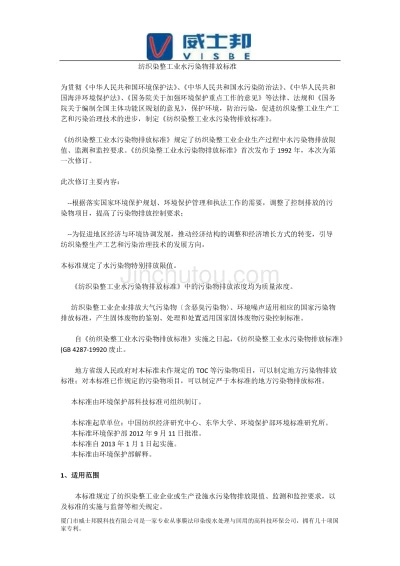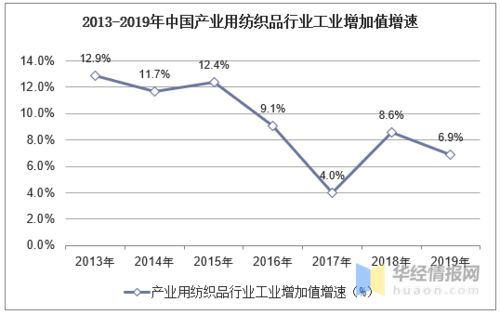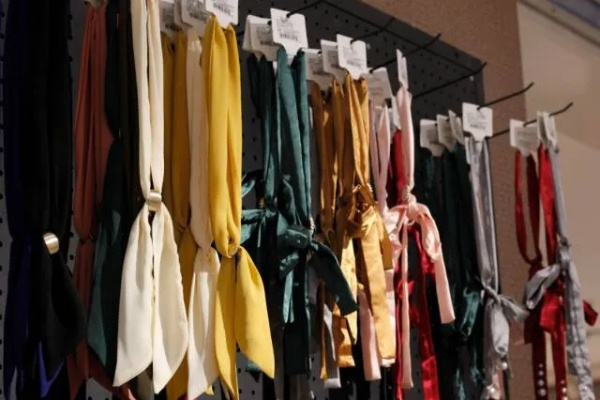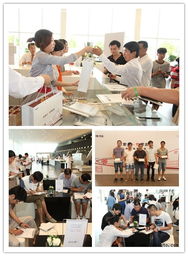Current State of Biomedical Textiles and Their Applications
Biomedical textiles have emerged as a promising field in the field of healthcare, offering innovative solutions for patient care. These materials are designed to be both comfortable and functional, with applications ranging from wearable technology to medical equipment. The current state of biomedical textiles is characterized by their ability to absorb moisture, regulate temperature, and provide support for various body parts. Some examples of biomedical textiles include bandages, compression garments, and wound dressings.,One of the most significant applications of biomedical textiles is in the field of rehabilitation. Wearable devices such as vests and jackets that can monitor heart rate and breathing patterns during physical activity can help patients recover more quickly and safely. Additionally, biomedical textiles are being used in surgical procedures, where they can help reduce bleeding and promote healing.,Another area where biomedical textiles are making an impact is in the field of sports medicine. Sensors embedded in sportswear can track performance metrics and provide real-time feedback to athletes, helping them improve their skills and prevent injuries.,As technology continues to advance, it is likely that biomedical textiles will become even more sophisticated and widely adopted in the future.
Introduction: Biomedical textiles, also known as biomaterials, are materials that are used in medical settings to provide support, protection, or to facilitate healing. These textiles can be found in a variety of forms, including bandages, surgical gowns, and prosthetic garments, among others. The use of biomedical textiles has seen a significant increase in recent years due to their ability to improve patient outcomes and reduce the risk of infection. In this article, we will explore the current state of biomedical textiles and their applications.
Types of Biomedical Textiles There are several types of biomedical textiles, each with its own unique properties and applications. Some of the most common types include:
- Medical gauze: This is a thin, absorbent material that is used to absorb excess fluids and prevent bleeding.
- Surgical gowns: These are designed to protect patients from contamination during surgery and are often made from polyester or cotton blends.
- Prosthetic garments: These are worn by patients who have lost limbs or other body parts due to injury or disease. They are often made from synthetic materials such as Lycra or spandex.
- Dressings: These are used to cover wounds or injuries and help promote healing. They are often made from materials such as polypropylene or polyurethane.
Applications of Biomedical Textiles Biomedical textiles have a wide range of applications in the medical field, including:
- Wound care: Biomedical textiles are used to treat wounds and injuries, such as burns and fractures.
- Prosthetics: Biomedical textiles are used to create prosthetic garments for patients who have lost limbs or other body parts due to injury or disease.
- Diabetes management: Biomedical textiles are used to monitor blood glucose levels and help manage diabetes.
- Burn recovery: Biomedical textiles are used to protect patients from infection and promote healing after burn injuries.
Challenges and Opportunities Despite their many benefits, biomedical textiles face several challenges, including:

- Cost: Biomedical textiles can be expensive to produce, which can limit their availability and affordability for certain patients.
- Durability: Biomedical textiles need to be durable enough to withstand the wear and tear of everyday use.
- Environmental impact: Biomedical textiles need to be produced sustainably to minimize their environmental impact.
However, there are also opportunities for growth in the field of biomedical textiles. For example, advancements in technology may lead to more efficient and cost-effective production methods, while increased awareness about the importance of sustainable production practices may encourage companies to adopt these practices. Additionally, new materials and designs may be developed that address some of the challenges facing the industry.
Future Directions Looking ahead, there are several potential directions for the future of biomedical textiles. One possibility is the development of new materials that are more sustainable and eco-friendly. Another possibility is the integration of biomedical textiles into more advanced medical devices, such as implantable devices that monitor vital signs or communicate with patients' electronic health records. Finally, there is the potential for innovation in the design of prosthetic garments, allowing them to become more personalized and functional for individual patients.
Conclusion: In conclusion, biomedical textiles are an important part of the healthcare industry, providing support, protection, and comfort for patients in a variety of settings. As technology continues to advance and our understanding of the human body deepens, we can expect to see continued growth and innovation in the field of biomedical textiles. By addressing the challenges facing the industry and embracing new opportunities, we can ensure that these valuable materials continue to make a positive impact on patient care and wellbeing.
生物医用纺织品作为现代医疗领域的重要组成部分,其在临床应用、功能特性以及市场发展趋势等方面均呈现出积极的发展态势,本报告旨在深入探讨生物医用纺织品的现状,并通过案例分析进一步揭示其发展趋势。
生物医用纺织品现状
-
市场需求增长 随着人们对健康生活的追求和对医疗美容的重视,生物医用纺织品市场需求持续增长,特别是在医疗器械、伤口敷料、手术衣等领域,生物医用纺织品的应用越来越广泛。
-
技术创新与升级 近年来,生物医用纺织品在材料选择、工艺技术、功能性等方面不断创新与升级,新型生物降解材料的应用,使得纺织品更加环保、可降解;纳米技术的应用,提高了纺织品的透气性、吸湿性等性能。
-
行业发展趋势 随着生物医用纺织品技术的不断发展,其在医疗领域的应用范围也在不断扩大,生物医用纺织品将更加注重个性化定制、智能化护理等方面的发展,随着环保意识的提高,生物医用纺织品的可持续性发展也将成为行业发展的重要方向。

案例分析
-
新型生物医用敷料的应用 某医院采用新型生物医用敷料,其具有快速吸收、抗菌防感染等特点,该敷料采用了特殊的生物降解材料,具有良好的透气性和吸湿性,能够有效减少感染风险,该敷料还具有舒适性好的特点,受到了患者和医护人员的好评。
-
智能护理床垫的开发与应用 某公司开发了一种智能护理床垫,其具有智能调节功能、舒适性好的特点,该床垫可以根据用户的身体状况和睡眠习惯进行智能调节,提供最佳的睡眠环境,该床垫还具有抗菌防螨的功能,能够有效减少皮肤感染的风险。
发展趋势分析
-
个性化定制趋势明显 随着生物医用纺织品技术的不断发展,其个性化定制趋势越来越明显,生物医用纺织品将更加注重产品的个性化定制,满足不同用户的需求,随着智能化护理的普及,生物医用纺织品也将更加注重智能化护理功能的发展。
-
环保与可持续性发展成为重要方向 随着环保意识的提高,生物医用纺织品的环保与可持续性发展将成为行业发展的重要方向,生物医用纺织品将更加注重产品的环保性能和可持续性发展,采用更加环保的材料和技术。
生物医用纺织品作为现代医疗领域的重要组成部分,其在市场需求、技术创新、行业发展趋势等方面均呈现出积极的发展态势,随着技术的不断发展和环保意识的提高,生物医用纺织品将更加注重个性化定制、智能化护理等方面的发展,其环保与可持续性发展也将成为行业发展的重要方向。
Articles related to the knowledge points of this article:
The Global Fabrics Expo A Journey to the Heart of Canadian Textiles
Stylish and Versatile Customized Textile Apron Designs for Every Occasion



